 info@microgridenergy.biz
info@microgridenergy.biz
MicroGrid Energy incorporates within its solution core components that work together to power your business with clean energy from the sun and through combined heat and power where applicable.
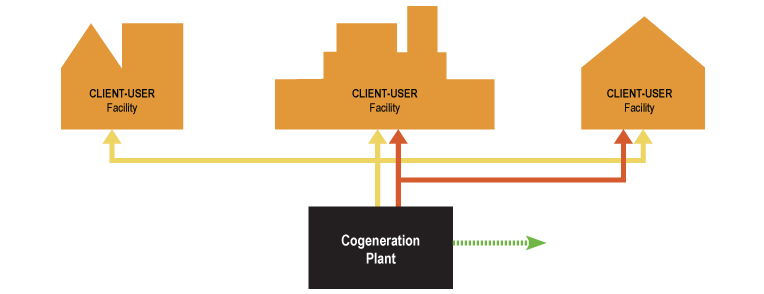
Microgrids are modern, small-scale versions of the centralized electricity system. They achieve specific local goals, such as reliability, carbon emission reduction, diversification of energy sources, and cost reduction, established by the community being served. Like the bulk power grid, smart microgrids generate, distribute, and regulate the flow of electricity to consumers, but do so locally. Smart microgrids are an ideal way to integrate renewable resources on the community level and allow for customer participation in the electricity enterprise. They form the building blocks of essentially what we believe will be one day a indestructible resilient smart grid of many microgrids.
A microgrid is a local energy grid with control capability, which means it can disconnect from the traditional grid and operate autonomously or also known as Island mode. Off Grid solar systems with batteries such as cabin type solar systems would be considered a microgrid. Similarly a diesel or gas generator that runs to keep the power on for a house or facility say on an remote island with no larger grid infrastructure would also be considered a microgrid.
The traditional large central power generation( nuclear, coal, or nat gas) grid with transmission lines connects homes, businesses and other buildings allowing us to use appliances, heating/cooling systems and electronics. But this interconnectedness means that when part of the grid needs to be repaired or is damaged, everyone is affected with blackouts. This is where a microgrid can change the typical grid dynamics. A microgrid generally operates while connected to the grid, but importantly, it can break off and operate on its own using local energy generation in times of crisis like storms or power outages or for other reasons, this is also known as “Islanding”. A microgrid can be powered by distributed generators, batteries, and/or renewable resources like solar panels and or wind turbines. Depending on how it’s fueled and how its requirements are managed, a microgrid might run indefinitely.
A microgrid connects to the grid at a point of common coupling, this could be at what is known as the electrical Bus and it maintains voltage at the same level as the main grid unless there is some sort of problem on the grid or other reason to disconnect. A manual or automatic switch can separate the microgrid from the main grid and it then functions as an island.
A microgrid not only provides backup for the grid in case of emergencies, but can also be used to cut costs, or connect to a local resource that is too small or unreliable for traditional grid use. A microgrid allows communities to be more energy independent, creates energy surety, and in many cases more environmentally friendly with lower carbon emissions than traditional centralized power.
A microgrid comes in a variety of designs and sizes and can power a single facility or as large as a college campus such as UC Irvine and USCD San Diego.
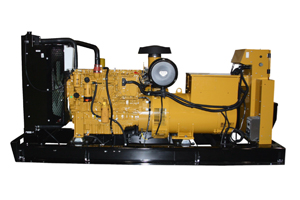
"Prime Mover, Co-Gen"- Consists of one or more of the following energy generation equipment, all are fed by natural gas: Reciprocating Engine
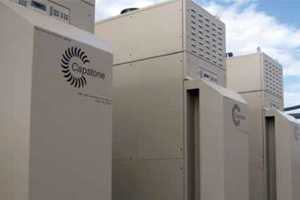
Capstone’s advanced engineering based on proven turbine design represent unique energy management solution. Microturbines can transform the way businesses think about energy production; Capstone microturbines reduce energy costs, ensure power availability while preserving the environment with near-zero emissions profile compared to the traditional utility power generation model.

A fuel cell is a device that generates electricity by a chemical reaction. Every fuel cell has two electrodes, one positive and one negative, called, respectively, the anode and cathode. The reactions that produce electricity take place at the electrodes. Every fuel cell also has an electrolyte, which carries electrically charged particles from one electrode to the other, and a catalyst, which speeds the reactions at the electrodes. Fuel cells is that they generate electricity with very little pollution–much of the hydrogen and oxygen used in generating electricity ultimately combine to form a harmless byproduct, namely water.
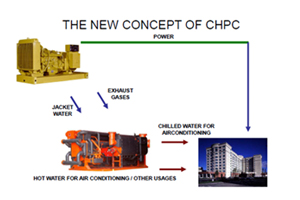
Tri-generation or combined cooling, heat and power (CCHP) refers to the simultaneous generation of electricity and useful heating and cooling from the combustion of a fuel from and engine or turbine. Cogeneration is a thermodynamically efficient use of fuel.
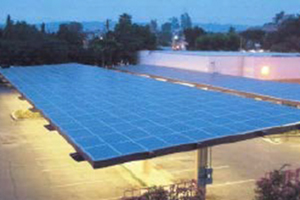
Solar panels are made up of photovoltaic (PV) cells, which convert sunlight into DC power which are then converted by a power converter called an inverter to produce usable AC power.
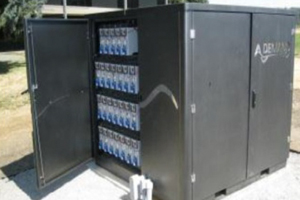
Electric energy storage (EES) technology has the potential to facilitate the large-scale deployment of variable renewable electricity generation, such as wind and solar power, which is an important option for reducing greenhouse gas (GHG) emissions from the electric power sector. The stored energy can be discharged to “load shift” or to “peak shave” the power demand spikes in the existing loads in buildings.